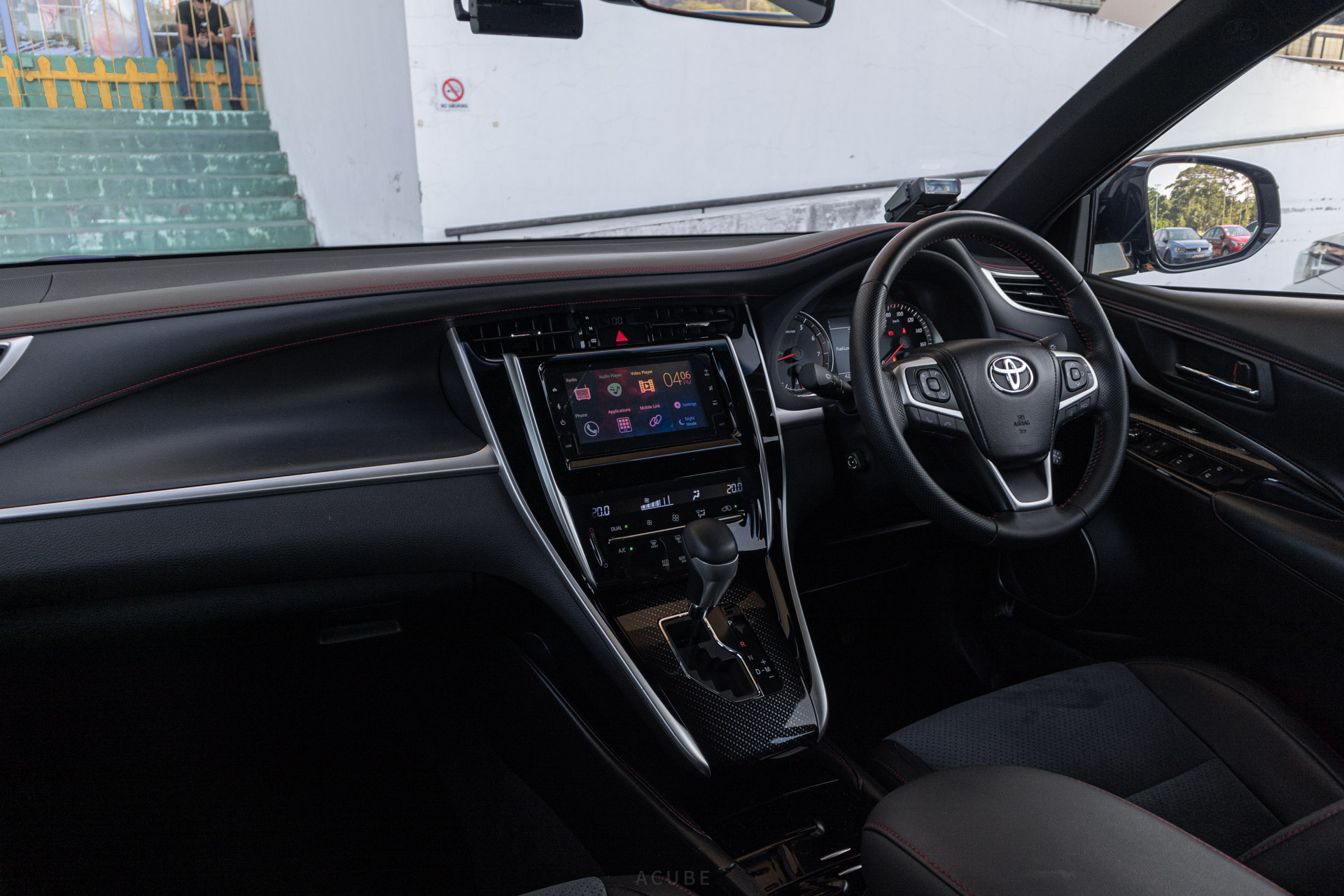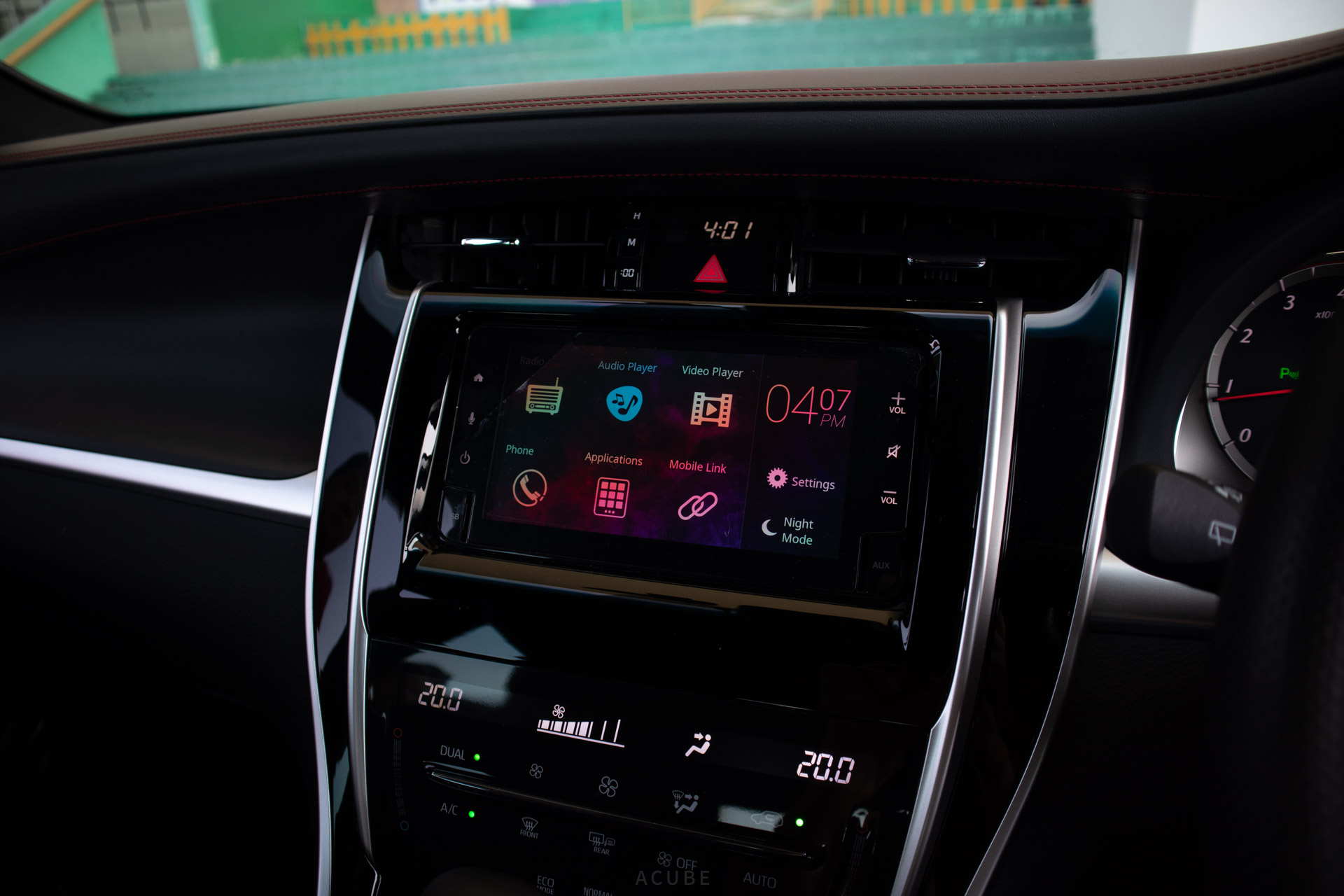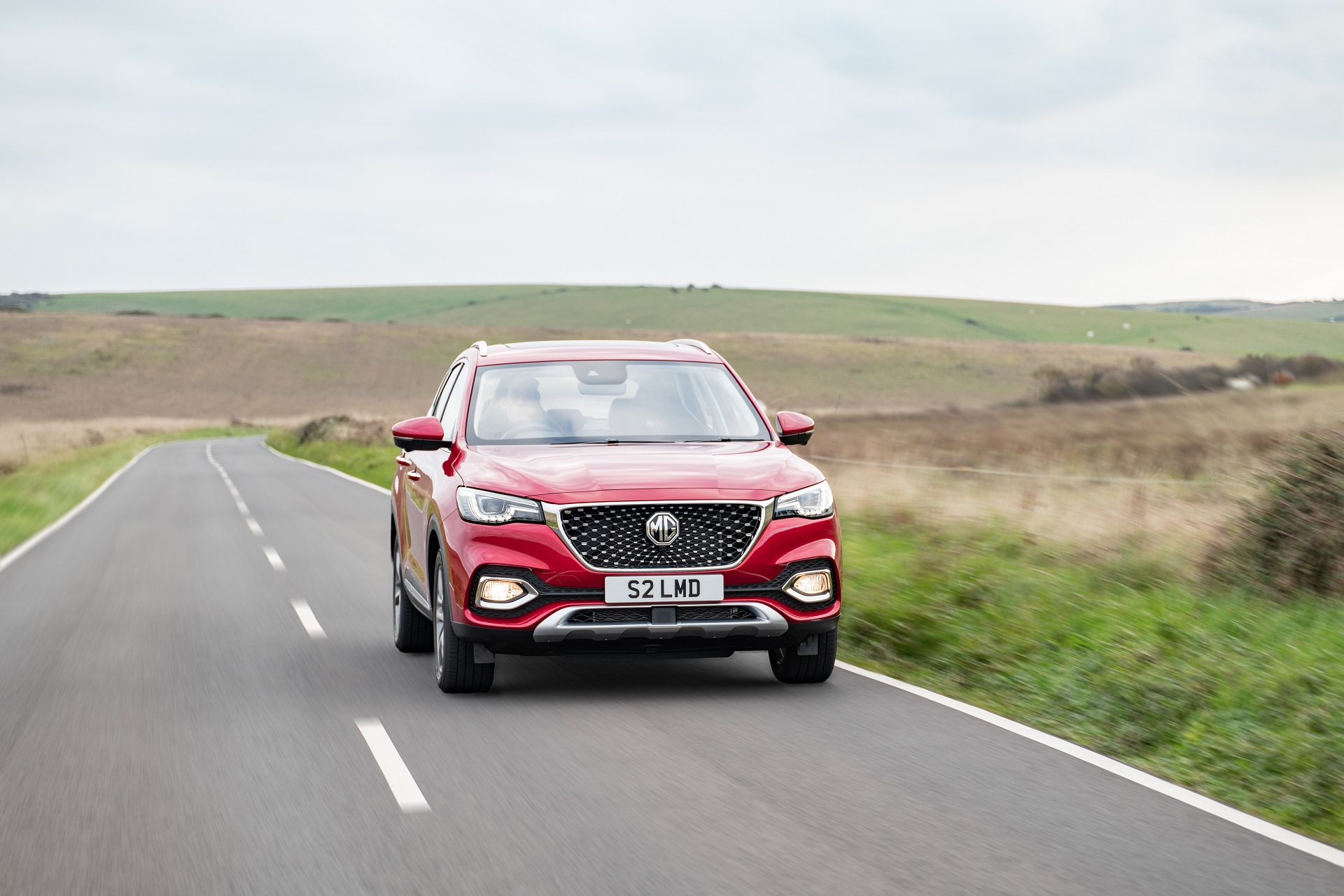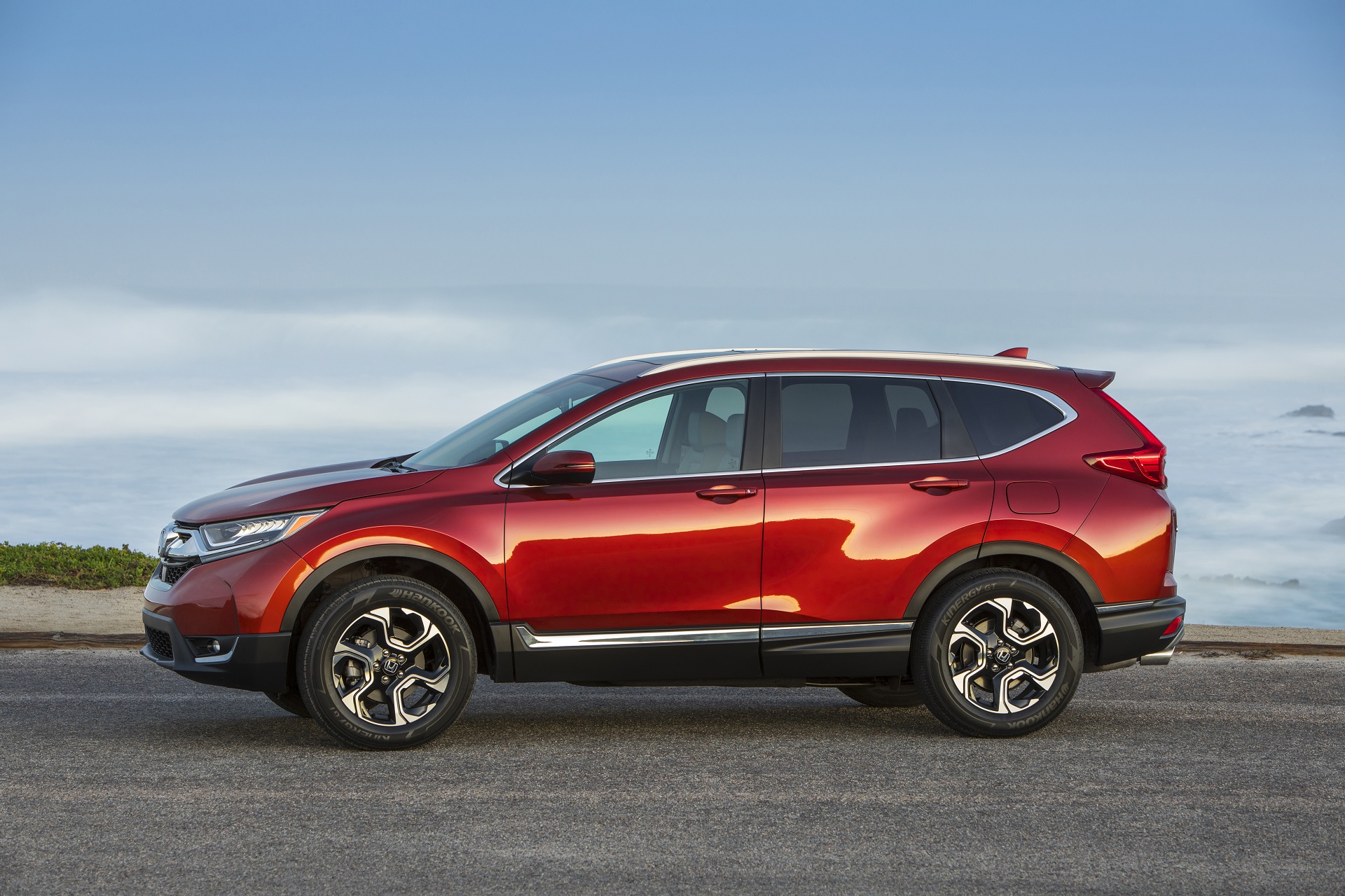Car buyer's guide: Toyota Harrier Turbo

Easily identifiable with its recognisable profile and the distinctive golden emblem depicting the bird-of-prey it was named after, there’s little chance that you will be mistaking the Toyota Harrier for something else.
The Harrier has been a mainstay on local roads as far back as the late nineties, when it was first introduced as the Lexus RX. Still need to question its popularity?
A quick search online and you are still able to find Lexus RX models from the early 2000’s. But we’re not here today to talk about the Lexus RX, it’s all about the Toyota Harrier, in particular, the Harrier Turbo.
A quick side note; this Harrier Turbo is currently listed for sale at One Drive Automotive, so do approach them if you are interested!
While it was first introduced in Japan as the Harrier in 1997, it was sold in export markets as the Lexus RX.
Only from the third generation (XU60) onwards was the Harrier exported as a Toyota product, with three variants being available; hybrid, naturally aspirated, and the turbo variant seen here.
The Harrier Turbo was given the chassis code ASU60 or ASU65, depending whether it was front-wheel drive or all-wheel drive.

With a turbocharged 2.0-litre 8AR-FTS engine mated to a six-speed torque converter automatic transmission, the Harrier Turbo produced 228 horsepower and 350 Nm of torque, driving the front wheels.
Far from the most powerful car by today’s standards, power never feels lacking in the Harrier Turbo. The automatic transmission also shifts smoothly without any of the weird CVT whining that is the bugbear of most modern Japanese cars.
And before you start thinking, “oh, it has the ‘turbo’ moniker in its name, this car must be sporty”. Far from it, in fact.
The Harrier Turbo is still set up for comfort above anything else, given its cushy ride and light steering. Not something you would want to carve up corners with, but for long drives, it’s hard to beat what the Harrier Turbo will offer in terms of comfort and pace.
It’s a Toyota, do you really need to ask? Testament to the continued reliability and build quality of Japanese cars, the Harrier Turbo has shown to be quite reliable.
With proper maintenance, which means a workshop visit every 10,000km or six months, there have been little problems reported. Fuel economy is decent too, ranging from 10 to 12km/L, depending how heavy your right foot is.

Still, no car is perfect, and there have been some issues reported as the earliest units of the Harrier Turbo turning five years old as of 2022.
Cracks have been noted forming in the front bumper over time. This could possibly be due to design faults, manufacturing faults or the material failing due to prolonged exposure to local weather.
[[nid:517185]]
Unfortunately, there isn’t much evidence on what exactly causes the cracks in the front bumper as it isn’t a common issue. However, the bumper can be replaced under warranty, so if your Harrier Turbo still has any warranty remaining, do get it replaced.
Another issue would be the steering ball joint, which may produce knocking sounds when going through turns, especially during tighter turns which require more steering input.
A quick solution would be to apply some lubricant on the steering ball joint, as it has been noted to eliminate the knocking noise. If the problem does persist, do consider replacing the steering ball joint as prolonging the issue could compromise the car’s safety.
Ultimately, should you wish to purchase a Harrier Turbo, do send it for a thorough pre-purchase inspection.
The Harrier Turbo has always been known to be a spacious vehicle, and will comfortably fit five passengers.
The floor is almost flat in the back, with only a very slight hump for the transmission tunnel, letting even the middle passenger have ample space to rest their feet. The seats in the Harrier Turbo are well-designed and extremely comfortable, perfect for long drives up north.

The seats are upholstered in leather and a smooth microfibre fabric known as Ultrasuede, giving the interior of the Harrier Turbo a very distinctive look and feel.
[[nid:586178]]
The steering wheel, dashboard and door panels are also covered in leather with a soft-touch feel to them, making the cabin a very pleasant place to be in. As a classy touch, the Harrier emblem is also embossed onto the leather of the door panels.
The infotainment system is the typical Toyota system that is fitted from the factory. It isn't the most intuitive system, but it is simple enough to use, with sufficient functionality for all your entertainment needs.
It also comes with Apple CarPlay and Android Auto, which you can connect via a cable to your phone.
One thing to be noted, since the Harrier was first introduced to Singapore unofficially through the grey market, and to this day continues to be sold alongside units brought in by the authorised dealer, the official Toyota infotainment system fitted in this particular Harrier Turbo will not be available on parallel imported units, with parallel imported Harriers being fitted with aftermarket infotainment systems.

As for the HVAC system, it is a mixed bag. The good points are, being a Toyota, the air-conditioning will always blow cold, even during hot Singapore afternoons. The back row also has air-conditioning vents for additional ventilation and passenger comfort.
Unfortunately, the Harrier Turbo doesn’t have any physical controls for the HVAC system. Instead, it has a touch-sensitive panel.
While that’s not necessarily a bad thing, for it lends a sleeker look to the cabin, it could prove slightly difficult to adjust when driving as it could require drivers to take their eyes off the road to adjust the temperature or fan speed. Also, the touch panel will collect fingerprints after repeated usage.

The steering column has both tilt and telescopic adjustability, with the instrument cluster displaying only the speedometer and tachometer, together with a small LCD screen in the middle to give additional information like range, tyre pressure and fuel consumption.
The rear seats can be folded down in a 60/40 split, and have hidden ISOFIX points as well.
The Harrier Turbo comes factory fitted with Bridgestone Ecopia H/L 422 Plus tyres in the size of 235/55/R18. With these comfort-biased tyres and the sound insulation of the cabin, the Harrier Turbo rides smoothly and quietly, making for a very comfortable ride.
With 456 litres of boot space, the boot has more than enough space for luggage, groceries or other daily items. Should you require more space, just fold down the rear seats, and you can easily fit in an entire bicycle, or longer items from that trip to Ikea.
This Harrier Turbo also has a retractable boot cover, which can come in handy when you want to conceal any items you have in the back.

The boot lid is electrically operated, with a button to operate it from the driver’s side and the boot lid. Should your hands be full and you still need to open the boot, just kick your foot under the rear bumper, and the boot lid will open, with a kick sensor being fitted as standard equipment.
And should you get a flat, the Harrier Turbo does come with a spare tyre.

Should you want a similarly sized car with a turbocharged engine, the Chinese-made MG HS could be a left-field option. While it only has 159 horsepower compared to the Harrier Turbo’s 228 horsepower, it also attracts lower road tax with its 1.5-litre engine, not to mention being spacious and comfortable.

If you want to stick to Japanese cars, how about the Honda CR-V? Yes, while it still is less powerful than the Harrier Turbo with only 187 horsepower.
Once again, you pay less road tax with the 1.5-litre turbocharged engine, still have Japanese reliability, plentiful tech features and an extra third row of seats.

Should you still want a third option, how about the Hyundai Tucson. Yes, it is less powerful than the Harrier Turbo, with its 1.6-litre turbocharged engine producing only 180 horsepower.
However, what you get is value-for-money with the equipment and tech features that Hyundai has been known to fit as standard equipment to their cars.
For an SUV that is able to seat five passengers and good cargo space while chewing up the miles and having more power than most of its rivals, the Harrier Turbo is almost more car than you can ask for.
Not to mention, being a Toyota, you can rest assured knowing this car will be very reliable and should have little problems over the course of ownership.
If you are keen on getting a Harrier Turbo as your next car, or any other used car for that matter, do take a look at our used car selection here for some of the best deals!